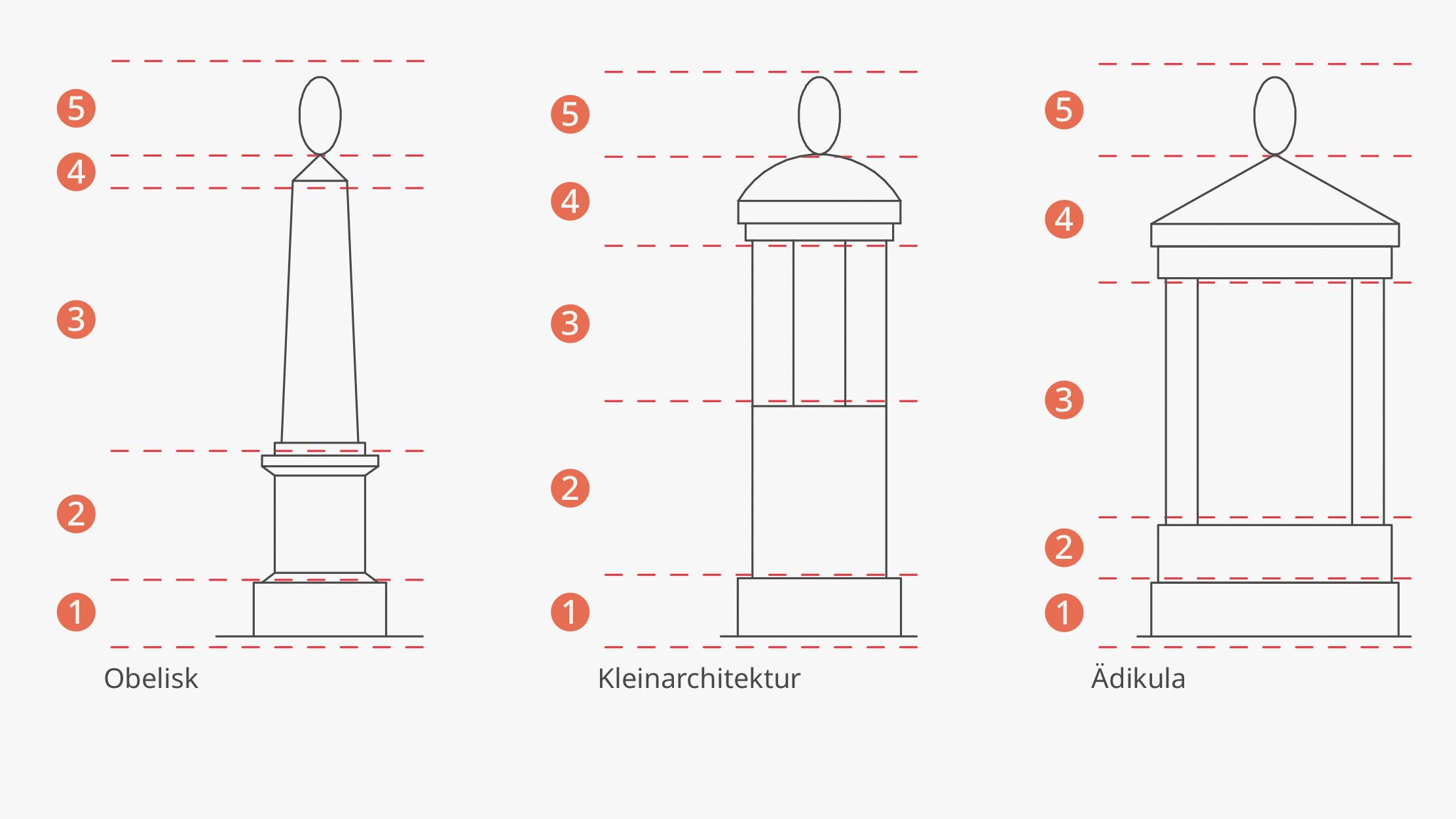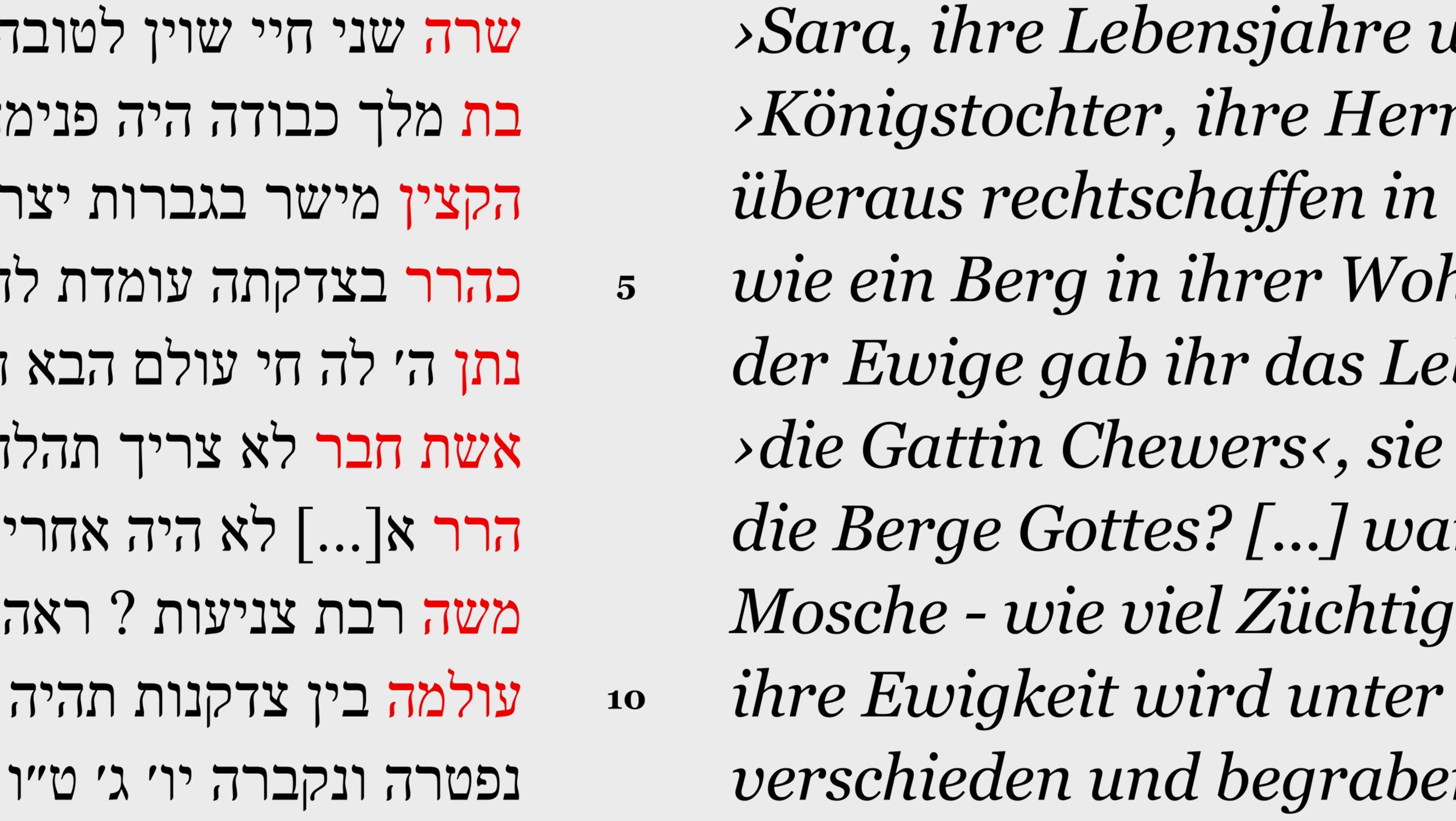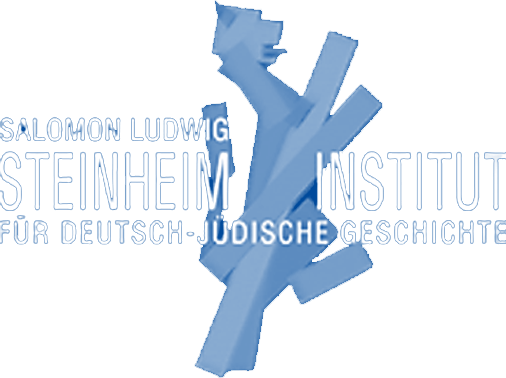Disciplines
In the “Steinerne Zeugen digital” project, digital monument technologies, building research and Jewish studies are working together in closely coordinated steps. The aim is to systematically analyze the gravestones of selected cemeteries, their inscriptions, their design and construction, their materiality and preservation as well as their spatial arrangement synchronously and diachronically and to examine their source value for the German-Jewish history of the pre-modern period.
Room
The two core tasks of the digital monument technologies in the “Stone Witnesses Digital” project are the topographical recording of the cemeteries and the photographic documentation of the gravestones. Both are subdivided into further works. The topographical survey includes the digital surveying of the cemeteries using imaging techniques, the creation of georeferenced 3D models and vectorized 2D plans as well as the identification of the gravestones by assigning a unique identification number according to a common inventory system.
In addition to recording all the gravestones, the photographic documentation includes serial close-up photographs using efficient technical photography and 3D close-up measurements of selected gravestones. All data collected will be prepared for integration into the joint research data management system.

Shape
One of the main tasks of building research is to record the properties of the individual gravestones. In the course of this, the types, forms, materiality, condition and preservation of the gravestones, their sub-objects, the formal inscription sections and the decoration will be determined in a quantitatively analyzable manner.
A further task is the development and implementation of an ontological system for the semantic modeling of the aforementioned characteristics. To ensure the greatest possible connectivity and reusability in accordance with the FAIR principles (findable, accessible, interoperable, reusable), all terms used in the collection originate from a controlled vocabulary. The building research is based on the Bamberg vocabulary for historical architecture developed at the University of Bamberg’s Competence Center for Monument Sciences and Technologies.

Inscription
In epigraphy, all still legible Hebrew and German grave inscriptions are deciphered and transcribed line by line. New and historical photographs, the 3D models provided by the digital monument technologies, older copies if necessary and – where available – contemporary archive sources are used for this purpose.
The Hebrew inscriptions are translated and provided with a line-by-line commentary. All inscriptions are analyzed in relation to the buried person, categorized with regard to the language(s) used as well as structure, style and content, and placed in relation to the design of the respective tomb. Last but not least, the inscriptions are also placed in the wider context of the respective cemetery, selected comparable cemeteries and German-Jewish sepulchral culture as a whole.



